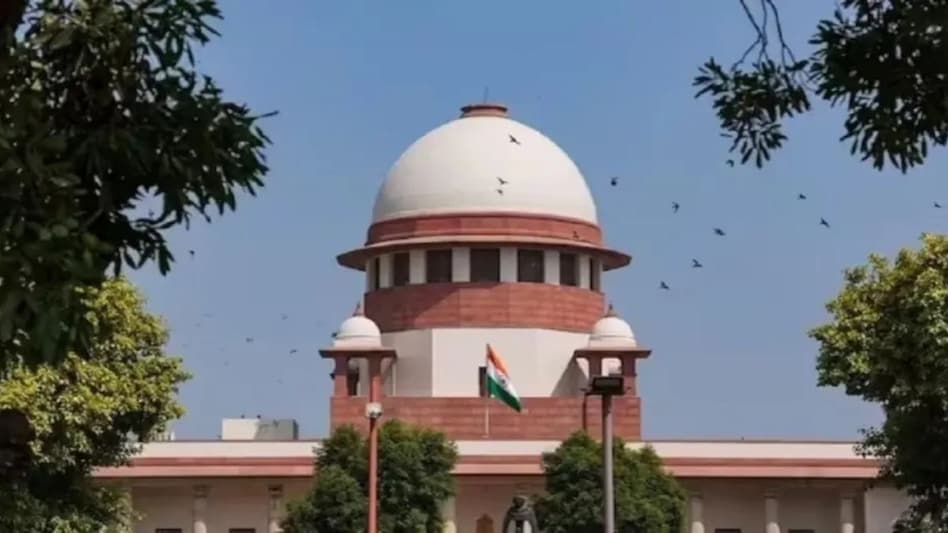


The Supreme Court of India affirmed the constitutional validity of Section 6A of the Citizenship Act on Thursday, a provision that grants citizenship to specific immigrants in Assam.
The landmark decision came from a five-judge bench led by Chief Justice DY Chandrachud, which ruled in favour of the section with a majority of 4:1. The bench's conclusions were supportive of the Assam Accord, which serves as a political framework to address the challenges posed by illegal migration into Assam.
Justices Surya Kant, MM Sundresh, and Manoj Misra joined CJI Chandrachud in endorsing the validity of Section 6A, responding to 17 petitions contesting the provision's constitutionality. During the proceedings, the bench emphasized that the Assam Accord constituted a critical political solution to undocumented migration's complexities.
The court affirmed that the cut-off date for citizenship eligibility—March 25, 1971—remains appropriate, a date that marks the beginning of mass migration into Assam amidst the turbulence of the Bangladesh Liberation War.
Earlier, the Supreme Court had instructed the Central Government to provide information concerning the number of immigrants granted citizenship under Section 6A(2) of the Citizenship Act, as well as the measures taken to mitigate illegal immigration into India.
Citizens Vs foreigners
Between 2017 and 2022, the affidavit shared with the court revealed that 14,346 foreign nationals were deported from India, while 17,861 individuals who entered Assam between January 1966 and March 1971 were recognised as Indian citizens under this section.
Furthermore, it stated that 32,381 individuals had been designated as foreigners by the Foreigners Tribunals during the same period.
When did the legal troubles begin?
- Legal scrutiny of citizenship issues in Assam dates back to December 17, 2014, when the matter was referred to a five-judge Constitution bench. Subsequently, on April 19, 2017, the Supreme Court formally set up the bench to adjudicate the case.
- Historically, the National Register of Citizens (NRC) was first derived from the 1951 national census and evolved significantly to identify illegal immigrants in Assam, specifically targeting those who migrated from Bangladesh post-March 25, 1971.
- The introduction of Section 6A was pivotal for the Assam Accord, which aimed to regularise the status of immigrants in Assam based on their date of arrival.
How does Sectio 6A help?
- Section 6A provides a framework wherein immigrants who arrived in Assam from specified territories—including Bangladesh—between January 1, 1966, and March 25, 1971, and have been residing there since are required to register for citizenship.
- The cut-off date of March 25, 1971, continues to outline eligibility for citizenship for Bangladeshi migrants in Assam.
The NRC problem
- The struggle for citizenship clarity has been acute in Assam, where the final draft of the NRC was published on July 30, 2018, resulting in nearly 40.07 lakh applicants being excluded from the citizens' list.
- The Supreme Court had later clarified that this draft could not serve as a basis for any immediate action.
- Challenges against Section 6A arose as early as 2012, primarily from the Assam Sanmilita Mahasangha and other civil organisations, asserting that the provision was inherently discriminatory and arbitrary due to its distinct cut-off dates for Assamese migrants compared to those in other parts of India.
The ongoing issue of immigration into Assam began with the Bangladesh liberation war, which catalyzed a mass influx of refugees.
In 1972, a treaty of friendship between India and Bangladesh sought to establish peace and cooperation amid this influx, shaping the ongoing dialogue surrounding citizenship and national identity in India.
The current status
The Supreme Court’s recent ruling has reaffirmed Section 6A's legitimacy, emphasising its role as a humanitarian measure.